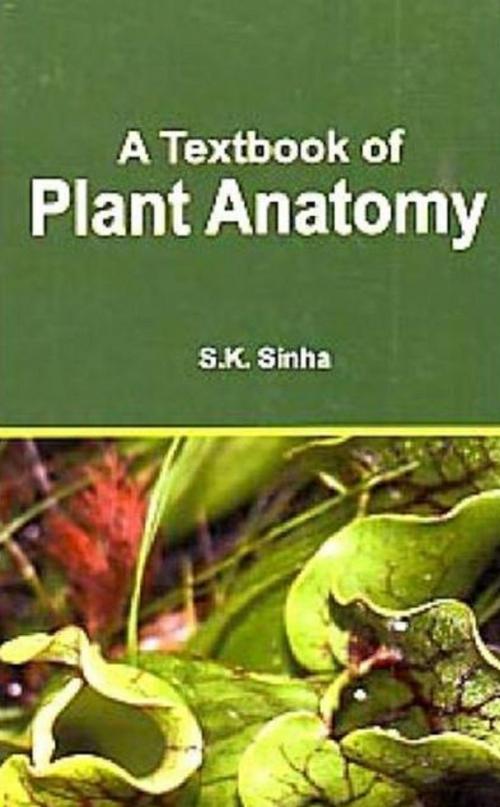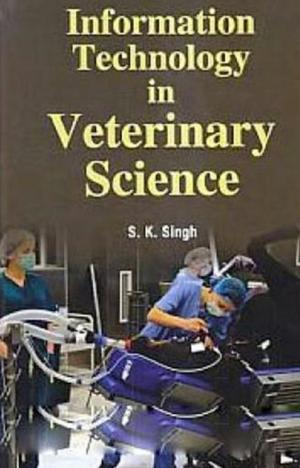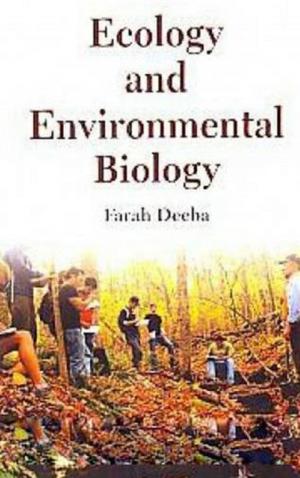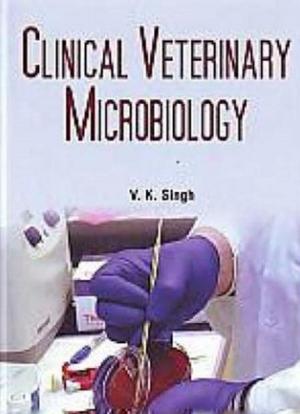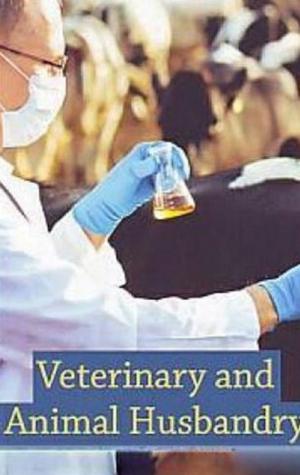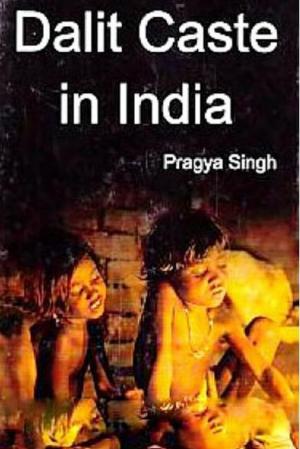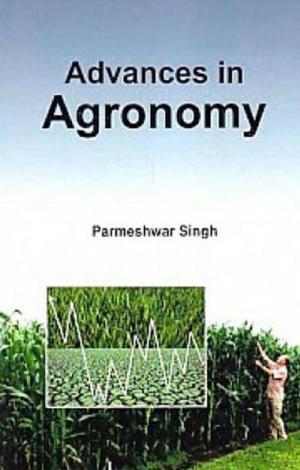| Author: | S. K. Sinha | ISBN: | 9789387798090 |
| Publisher: | Centrum Press | Publication: | June 30, 2013 |
| Imprint: | Centrum Press | Language: | English |
| Author: | S. K. Sinha |
| ISBN: | 9789387798090 |
| Publisher: | Centrum Press |
| Publication: | June 30, 2013 |
| Imprint: | Centrum Press |
| Language: | English |
Plant body in Angiosperms is differentiated into root stem, leaf and flower. All these parts are made up of different types of tissues containing different cell types. A tissue is a mass of similar or dissimilar cells performing a common function. The body of a vascular plant is composed of dermal tissue, Ground tissue and Vascular tissue. Dermal Tissue is protective in function. Basing on its origin, it is classified into two types – Epidermis and Periderm. Epidermis is the primary surface tissue of the entire plant. Epidermal cells are compactly and continuously arranged; the continuity is lost by the presence of Stomatal pores or breaks in the tissue. Covering the aerial epidermis, cutin (fatty substance) is present as an impregnation on cell wall. The cuticle can be separated from epidermis. The epidermis may produce unicellular or multicellular hairy outgrowths and other appendages. Epidermis provides mechanical protection, allows gaseous exchange through stomata, restricts transpiration with cuticle, and is also involved in storage, photosynthesis, secretion, absorption and perception to stimuli. Stomata are Pores, each guarded by two guard cells, which control the size of the pore. Cells surrounding guard cells, but differing from other epidermal cells, are called subsidiary cells. This book is a comprehensive text prepared according to the syllabi of several universities and colleges, provides a complete introduction to the Plant Anatomy as encountered by the students during the preparation of their course material.
Plant body in Angiosperms is differentiated into root stem, leaf and flower. All these parts are made up of different types of tissues containing different cell types. A tissue is a mass of similar or dissimilar cells performing a common function. The body of a vascular plant is composed of dermal tissue, Ground tissue and Vascular tissue. Dermal Tissue is protective in function. Basing on its origin, it is classified into two types – Epidermis and Periderm. Epidermis is the primary surface tissue of the entire plant. Epidermal cells are compactly and continuously arranged; the continuity is lost by the presence of Stomatal pores or breaks in the tissue. Covering the aerial epidermis, cutin (fatty substance) is present as an impregnation on cell wall. The cuticle can be separated from epidermis. The epidermis may produce unicellular or multicellular hairy outgrowths and other appendages. Epidermis provides mechanical protection, allows gaseous exchange through stomata, restricts transpiration with cuticle, and is also involved in storage, photosynthesis, secretion, absorption and perception to stimuli. Stomata are Pores, each guarded by two guard cells, which control the size of the pore. Cells surrounding guard cells, but differing from other epidermal cells, are called subsidiary cells. This book is a comprehensive text prepared according to the syllabi of several universities and colleges, provides a complete introduction to the Plant Anatomy as encountered by the students during the preparation of their course material.
